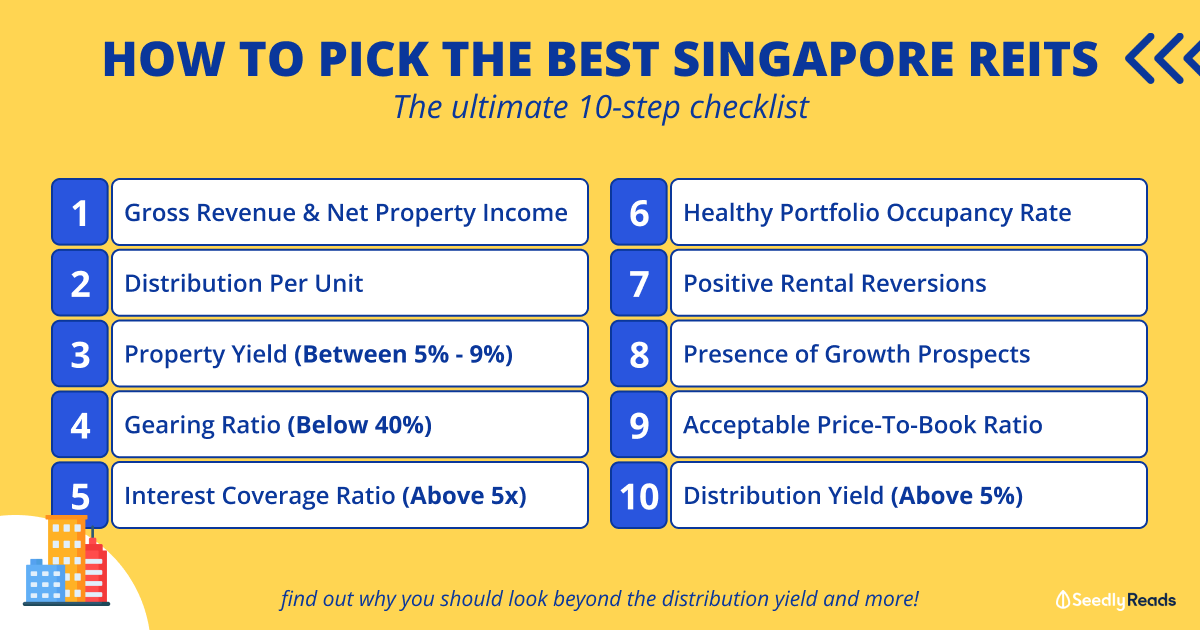The Investment Journey: Why Most Beginners Focus on Products Before Process
I've noticed that most Singaporeans embarking on their investment journey tend to ask "what should I buy?" before understanding "how should I invest?" This product-first mindset often leads to a scattered portfolio, inconsistent results, and eventually, investing fatigue.
Last year, I worked with a young software engineer who had tried everything from crypto to REITs without any clear strategy. We restructured his approach completely, focusing on process before products. With just $300 monthly contributions into a simple three-ETF portfolio, consistent rebalancing, and proper mindset coaching, he's now built a $25K portfolio that's growing steadily and, more importantly, he's confident enough to stay the course during market fluctuations.
Common Misconceptions About Beginning Investing
Let me address some myths I frequently encounter:
- Myth: You need significant capital to start investing effectively.
Reality: The Singapore market offers multiple avenues to begin with as little as $100 monthly. The power of consistent, early investing far outweighs initial capital size. - Myth: Low-risk investments are best for beginners.
Reality: Risk should match your time horizon, not your experience level. A 25-year-old beginner with a 30-year horizon should have a different risk profile than a 55-year-old beginner. - Myth: You need to find the "best" investments to succeed.
Reality: Research consistently shows that investment behavior and process discipline impact returns far more than specific product selection.
The Singapore Beginner's Investment Framework
Here's my systematic approach for beginners:
Step 1: Foundation Building (First 3-6 months)
- Establish emergency savings of 3-6 months living expenses in a high-yield savings account (currently 3-4% available in Singapore)
- Set up a Regular Savings Plan (RSP) with a monthly contribution you can maintain consistently (even $100-200 is sufficient)
- Choose 1-2 broad-based ETFs (consider VWRA/ISAC for global exposure or ES3/SPDR STI ETF for Singapore exposure)
- Automate contributions to remove emotional decision-making
Step 2: Core Portfolio Development (6-18 months)
- Gradually increase monthly contributions as your income grows
- Add complementary low-cost ETFs for diversification across regions or asset classes
- Learn to rebalance your portfolio semi-annually or annually
- Focus on developing an investment journal to record decisions and emotional responses
Step 3: Expansion Phase (18+ months)
- Consider adding satellite positions (5-10% of portfolio) in sectors or themes you understand
- Explore CPF Investment Scheme options once you've established core investing habits
- Begin studying more complex vehicles like REITs or individual stocks if desired
The Psychological Edge: Process Over Products
The most critical element I emphasize with beginners isn't which platform or product to choose, but cultivating these four habits:
- Consistency: Smaller, regular investments outperform larger, sporadic ones
- Patience: Understanding that meaningful returns emerge over 5-10+ year timeframes
- Curiosity: Committing to ongoing financial education
- Detachment: Learning to separate market movements from self-worth
Practical Next Steps for Singapore Beginners
Based on your criteria, here's what I recommend:
For ease of starting with low capital:POEMS Share Builders Plan: $100 minimum, access to ETFs and blue-chip stocks
Endowus Regular Savings Plan: Fully-digital, start with $100 monthly
Syfe: User-friendly interface, themed portfolios, $50 minimum
For low-to-medium risk with long-term growth potential:Low-cost globally diversified ETFs (VWRA, IWDA + EIMI)
The STI ETF via regular savings plans
Robo-advisors with customizable risk profiles
The key isn't finding the "perfect" investment but developing the right investing system that you can maintain consistently over decades.
I share weekly beginner-friendly investing frameworks and Singapore-specific guidance on my Instagram (@ngooooied), including step-by-step guides for setting up various platforms and regular investment tracking templates designed specifically for beginning investors.









The Investment Journey: Why Most Beginners Focus on Products Before Process
I've noticed that most Singaporeans embarking on their investment journey tend to ask "what should I buy?" before understanding "how should I invest?" This product-first mindset often leads to a scattered portfolio, inconsistent results, and eventually, investing fatigue.
Last year, I worked with a young software engineer who had tried everything from crypto to REITs without any clear strategy. We restructured his approach completely, focusing on process before products. With just $300 monthly contributions into a simple three-ETF portfolio, consistent rebalancing, and proper mindset coaching, he's now built a $25K portfolio that's growing steadily and, more importantly, he's confident enough to stay the course during market fluctuations.
Common Misconceptions About Beginning Investing
Let me address some myths I frequently encounter:
Reality: The Singapore market offers multiple avenues to begin with as little as $100 monthly. The power of consistent, early investing far outweighs initial capital size.
Reality: Risk should match your time horizon, not your experience level. A 25-year-old beginner with a 30-year horizon should have a different risk profile than a 55-year-old beginner.
Reality: Research consistently shows that investment behavior and process discipline impact returns far more than specific product selection.
The Singapore Beginner's Investment Framework
Here's my systematic approach for beginners:
Step 1: Foundation Building (First 3-6 months)
Step 2: Core Portfolio Development (6-18 months)
Step 3: Expansion Phase (18+ months)
The Psychological Edge: Process Over Products
The most critical element I emphasize with beginners isn't which platform or product to choose, but cultivating these four habits:
Practical Next Steps for Singapore Beginners
Based on your criteria, here's what I recommend:
For ease of starting with low capital:POEMS Share Builders Plan: $100 minimum, access to ETFs and blue-chip stocks
Endowus Regular Savings Plan: Fully-digital, start with $100 monthly
Syfe: User-friendly interface, themed portfolios, $50 minimum
For low-to-medium risk with long-term growth potential:Low-cost globally diversified ETFs (VWRA, IWDA + EIMI)
The STI ETF via regular savings plans
Robo-advisors with customizable risk profiles
The key isn't finding the "perfect" investment but developing the right investing system that you can maintain consistently over decades.
I share weekly beginner-friendly investing frameworks and Singapore-specific guidance on my Instagram (@ngooooied), including step-by-step guides for setting up various platforms and regular investment tracking templates designed specifically for beginning investors.